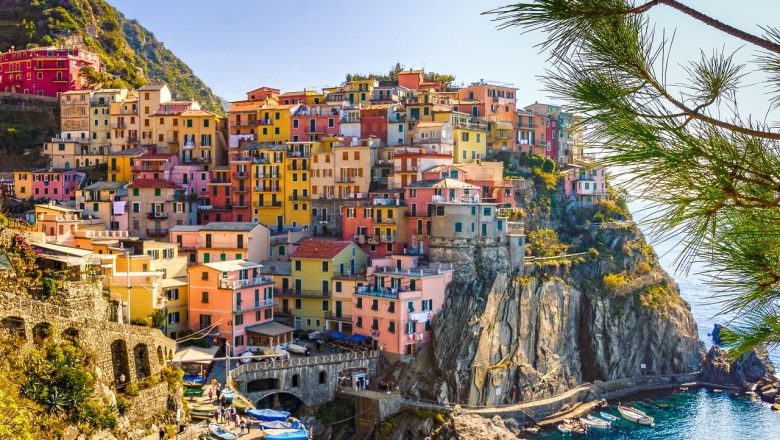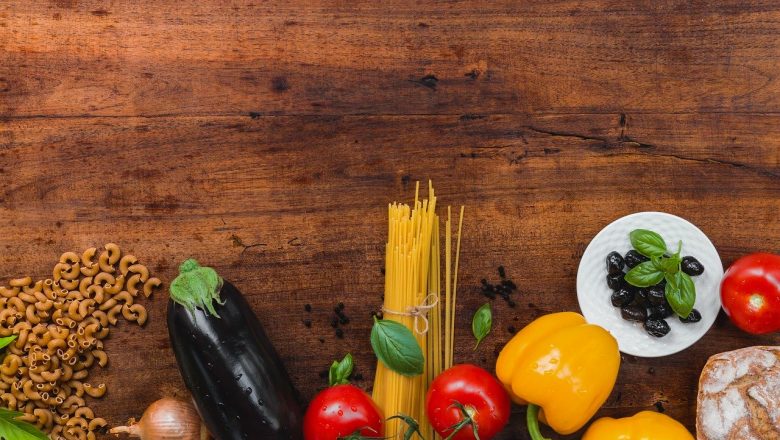
Japanese Food Culture – What You Should Know
Japan is located in Asia and consists of thousands of islands. The four major islands are called Hokkaido, Honshu, Shikoku, and Kyushu. The Japanese climate contains drastic extremes, ranging from the very cold northern Hokkaido to the subtropical islands of southern Okinawa. As many as 80% of the country's area consists of mountains or forests, just over 14% is cultivated, and slightly over 4% is built up. Of the cultivated areas, mainly rice is grown there.
There are 126.8 million inhabitants in Japan, of whom 43% live in one of the major coastal cities of Tokyo (capital), Osaka, and Nagoya. The population density in Japan is the highest in the world. Japan is a monarchy and the most common religions are Shinto and Buddhism.
Japanese Food culture
Japan is a very special country ...










